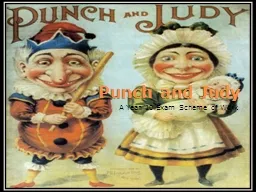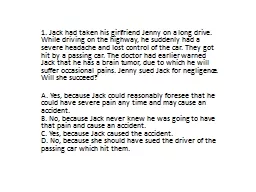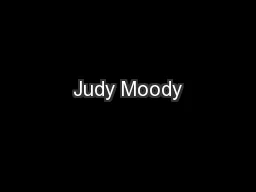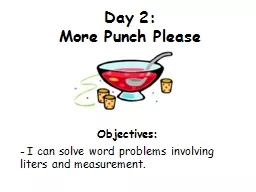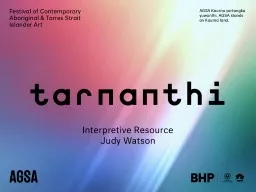PPT-Punch and Judy
Author : tatyana-admore | Published Date : 2016-07-15
A Year 10 Exam Scheme of Work Lesson One Understanding Unit One Paper One WALT To develop our knowledge and understanding of what is expected of us during Unit One
Presentation Embed Code
Download Presentation
Download Presentation The PPT/PDF document "Punch and Judy" is the property of its rightful owner. Permission is granted to download and print the materials on this website for personal, non-commercial use only, and to display it on your personal computer provided you do not modify the materials and that you retain all copyright notices contained in the materials. By downloading content from our website, you accept the terms of this agreement.
Punch and Judy: Transcript
Download Rules Of Document
"Punch and Judy"The content belongs to its owner. You may download and print it for personal use, without modification, and keep all copyright notices. By downloading, you agree to these terms.
Related Documents

